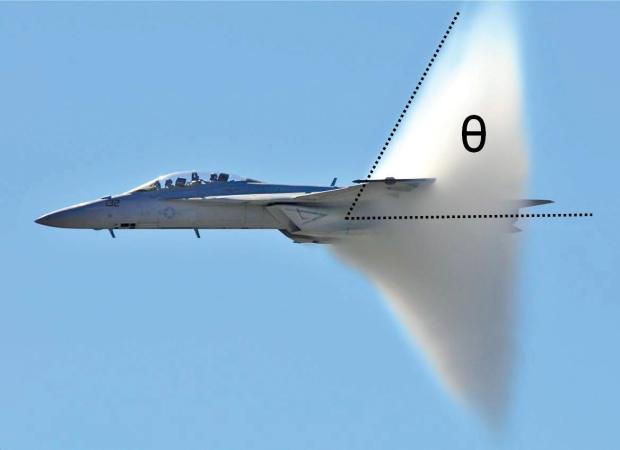A question that often comes up is how long it would take for prices to double if the rate of inflation remained constant. It also helps to turn an abstract percentage number into a value that is easier to grasp and interpret.
If we start at a certain value for the consumer price index CPI0 and apply a constant annual inflation factor f (which is just the annual inflation rate expressed in decimals plus one), the CPI would grow exponentially according to this formula:
CPIn = CPI0 · f n
where CPIn symbolizes the Consumer Price Index for year n. The prices have doubled when CPIn equals 2 · CPI0. So we get:
2 · CPI0 = CPI0 · f n
Or, after solving this equation for n:
n = ln(2) / ln(f)
with ln being the natural logarithm. Using this formula, we can calculate how many years it would take for prices to double given a constant inflation rate (and thus inflation factor). Let’s look at some examples.
——————–
In 1918, the end of World War I and the beginning of the Spanish Flu, the inflation rate in the US rose to a frightening r = 0.204 = 20.4 %. The corresponding inflation factor is f = 1.204. How long would it take for prices to double if it remained constant?
Applying the formula, we get:
n = ln(2) / ln(1.204) = ca. 4 years
More typical values for the annual inflation rate are in the region several percent. Let’s see how long it takes for prices to double under normal circumstances. We will use r = 0.025 = 2.5 % for the constant inflation rate.
n = ln(2) / ln(1.025) = ca. 28 years
Which is approximately one generation.
One of the highest inflation rates ever measured occurred during the Hyperinflation in the Weimar Republic, a democratic ancestor of the Federal Republic of Germany. The monthly (!) inflation rate reached a fantastical value of r = 295 = 29500 %. To grasp this, it is certainly helpful to express it in form of the doubling time.
n = ln(2) / ln(296) = ca. 0.12 months = ca. 4 days
Note that since we used the monthly inflation rate as the input, we got the result in months as well. Even worse was the inflation at the beginning of the nineties in Yugoslavia, with a daily (!) inflation rate of r = 0.65 = 65 %, meaning prices doubled every 33 hours.
——————–
This was an excerpt from “Business Math Basics – Practical and Simple”. I hope you enjoyed it. For more on inflation check out my post about the Time Value of Money.







